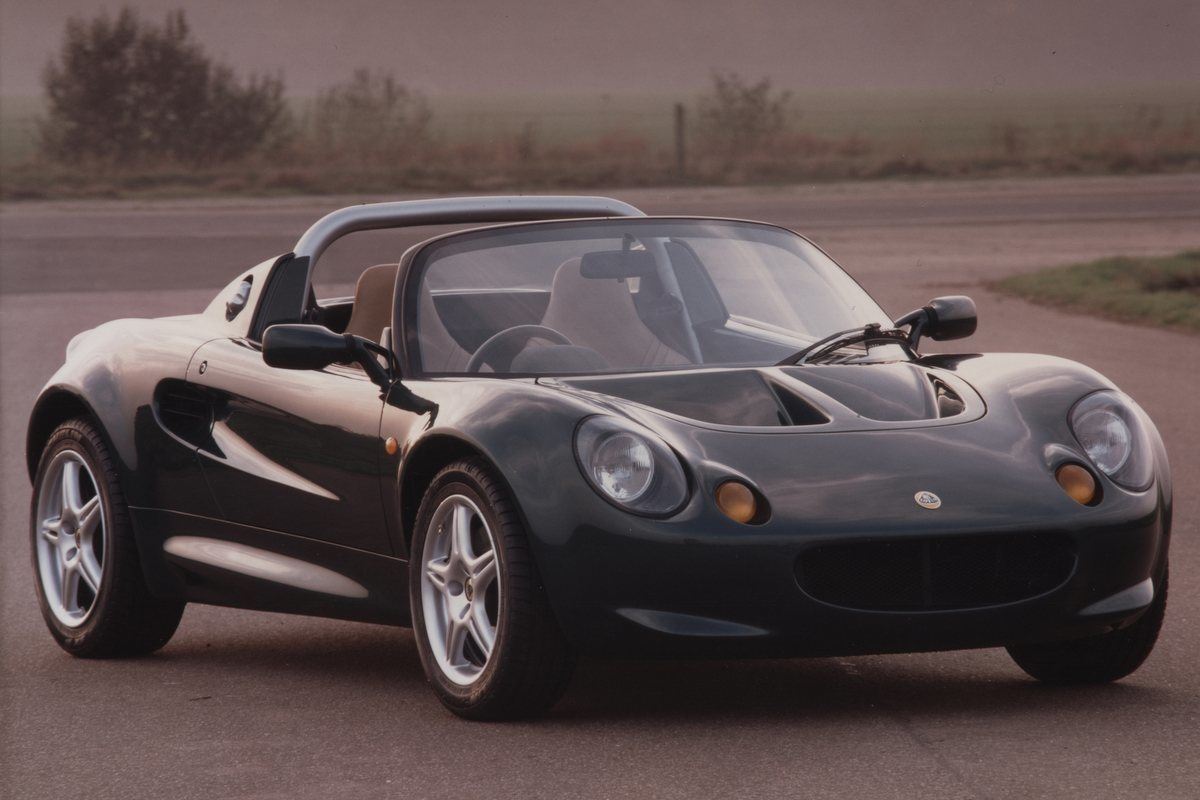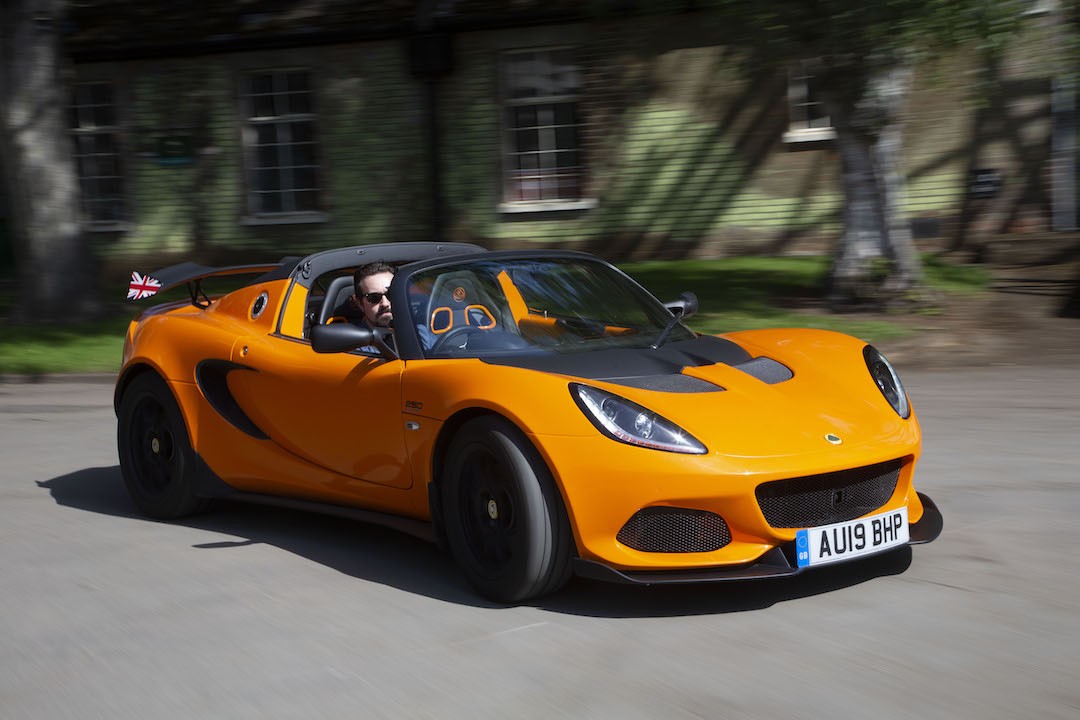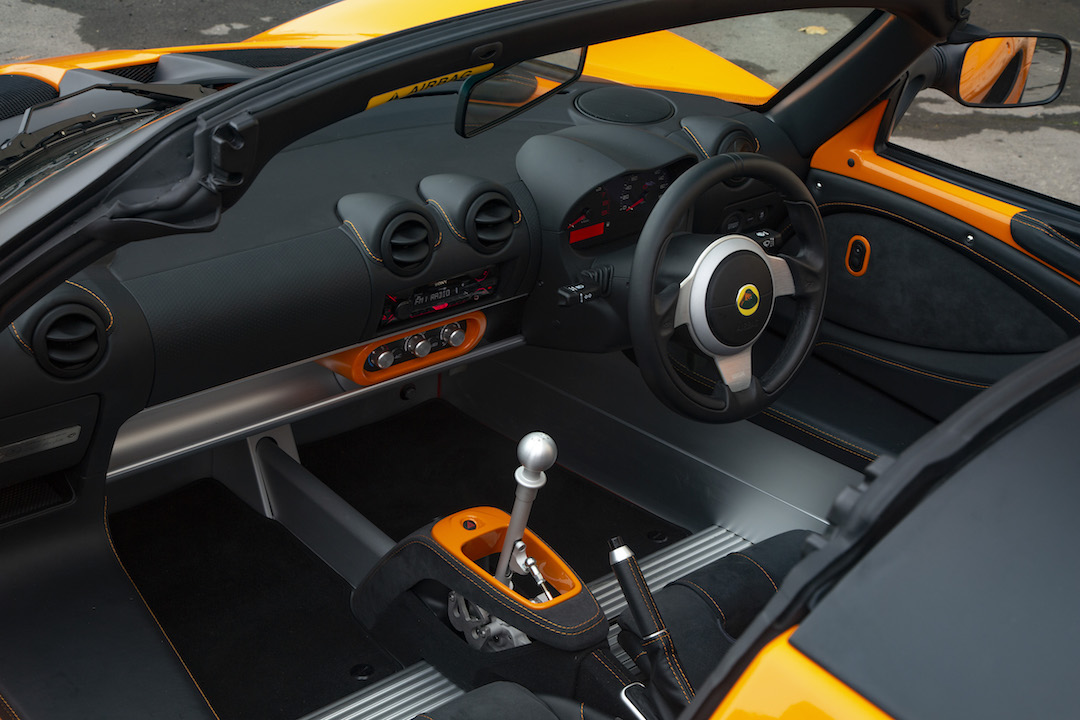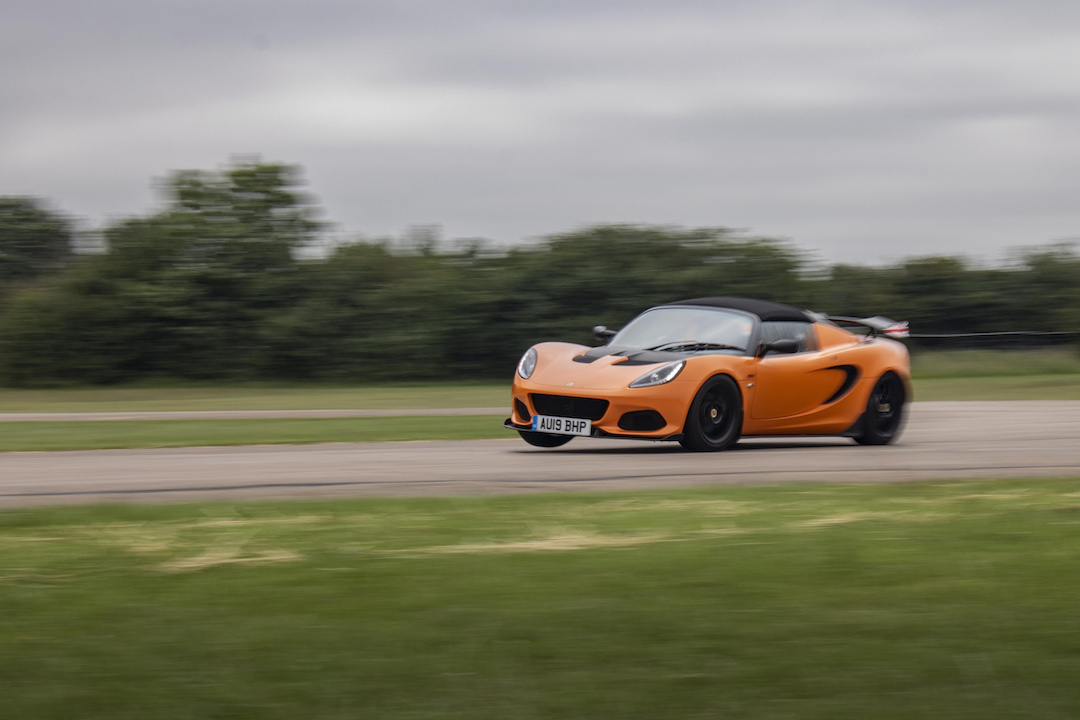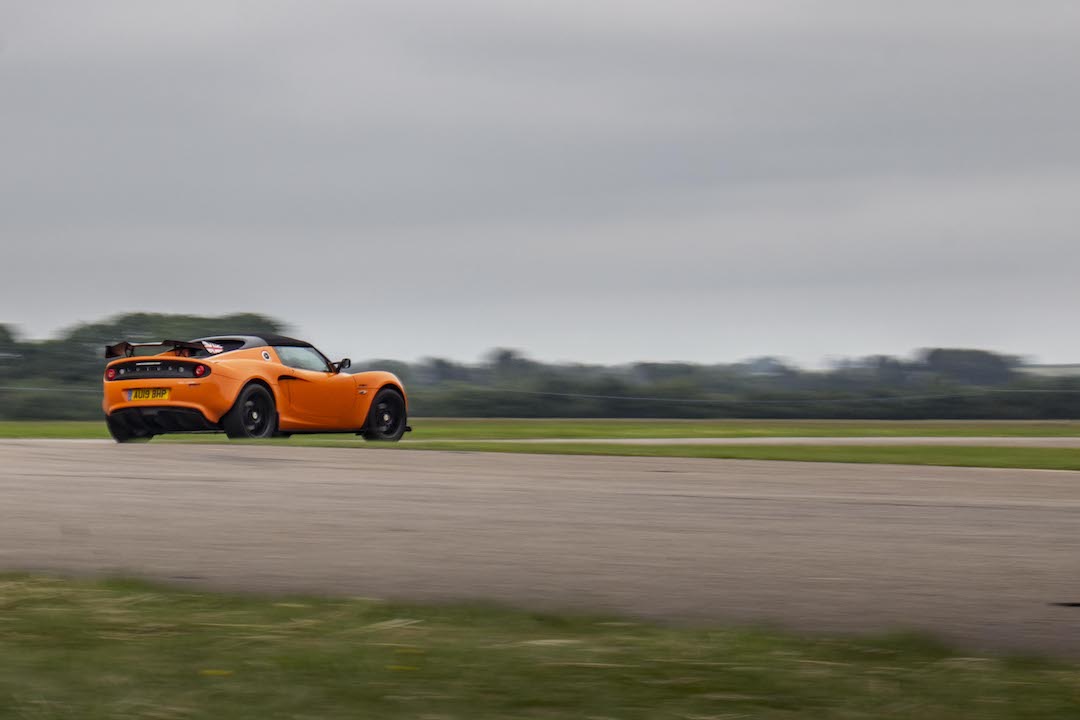Evolution or revolution? A question that car makers have often wrestled with and most tend to sit on one side of the fence or the other.
Companies like Porsche, Caterham and Morgan have chosen to refine the breed rather than constantly reinvent themselves. Then we have Lotus. A company that brought us ground effect, the first composite monocoque, active suspension and much much more. A company that thrives on pushing the envelope and not resting on its laurels right? Well, sort of.
When the first Elise was revealed in 1995, it was again, one of those revolutionary designs from the Norfolk car maker. It featured a never seen before extruded aluminium chassis that relied on bonding rather than bolts or rivets to keep it together. The motoring industry had seen nothing quite like it. Why then is the same basic platform still used today? 22 years after it was first shown to the world?
The answer is simple. It’s both economics and the fact that Lotus got it right from the off. Lotus hasn’t always been in the rudest of health financially despite the success of the Elise. This has meant that they have had to take that platform and make the most of it, and make the most of it they have. It has become the basis of a laundry list of derivatives and special models, all boasting the lightweight and stiff characteristics of the original Elise. It may have started with just 118bhp but some versions of the Elise-based Exige are up to 430bhp. It’s a testament to the platform.
If the original Elise was so groundbreaking, how does it compare to the latest and fastest Elise? I recently spent some time with the Elise Cup 250 to find out.
Once you’ve got yourself over the familiar wide sill and into the tight but not cramped cockpit of the Cup 250 you realise how much has changed whilst barely changing at all. The overall architecture is the same but where the S1 Elise had a wheel, some dials, a gear stick and if you were lucky, a radio. The Cup 250 is bordering on the luxurious. The new carbon seats are much more supportive, the dash has vents that actually point towards the driver (which now blows cold, conditioned, air at your face) and there is also reasonable stereo and speaker set-up.
Then there’s the new gear selector with its exposed linkage. It is a thing of beauty and has the early car licked for precision when swapping cogs. Finally, there’s the engine. The early car made do with an adequate 118bhp from the Rover K-Series but the new Toyota sourced engine packs 243hp thanks to a supercharger. More than double the power of the OG Elise.
All this extra kit comes at a price though. The Cup 250 is billed as the latest in Lotus’ philosophy of performance through lightweight. But, it tips the scales at 931kg according to Lotus’ press pack. That is around 200kg more than the Elise of the mid 90s. This does have an impact on the feal of the car. The S1 is a masterclass in detailed delicacy. It dispatches your average British B-Road like no other car. It rides, steers and goes like an extension of you. The Cup 250 shares this feel but with a little more sanity. It is, undeniably, faster in every way.
The supercharged, 4-pot engine makes point-to-point progress effortless and on any track you chose, it would leave the S1 in the dust. It also retains that Elise poise and feel but something has been lost in the evolution. The S1 has a spikiness to the way it attacks a road that makes it a truly special car. The lack of weight and simplicity of the drivetrain adds that extra fizz that you could argue is lacking from the new car. What the Cup 250 does offer instead is a cohesiveness that alludes the early car. There isn’t a rattle or squeak to be found. It also offers far more trust in its ability. The S1 would bite if not treated well. The Cup 250 never feels fazed by anything you could safely do on the public road. That is both a good and a bad thing, depending on your driving style/preference.
Overall the Elise Cup 250 may be twice as powerful, twice as expensive (as the Elise in 1996) and more than twice as refined but it isn’t twice the car. Every Elise shares a common bond, a common feel and a common identity. You just need to decide which flavour is right for you and your budget.
Personally, I’d take the S1 for a single drive on my favourite road but I’d take the Cup 250 if I were doing more miles in between blasts down my favourite road.
